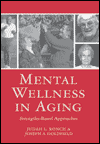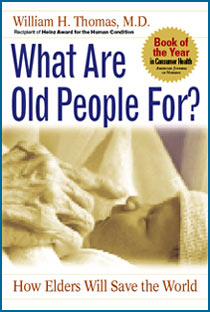![]()
Search
Recent Posts
- ChangingAging.org Redesign -- Please Bookmark!
- Disaster in Buffalo
- Power Up Friday
- Blanchard WinsDays
- Kevin Frick writes...
- Monkhouse Monday
- Getting Closer!
- Blanchard WinsDays
- Power Up Friday
- My Pick for Health and Human Services
- Understanding Health Care Reform
- Facts Are Stubborn Things: Social Security Edition
- Monkhouse Monday
- Localism is Coming
- Krugman Can't Wait...
Recent Comments
Category Archives
- AGING 100
- Aging
- Culture
- Dementia
- Eden Alternative
- Erickson School
- Green House
- Health Policy
- Longevity
- Media
- Rockets
Monthly Archives
- February 2009
- January 2009
- December 2008
- November 2008
- October 2008
- September 2008
- August 2008
- July 2008
- June 2008
- May 2008
- April 2008
- March 2008
- February 2008
- January 2008
- December 2007
- November 2007
- October 2007
- September 2007
- August 2007
 Subscribe to this blog's feed
Subscribe to this blog's feed
Announcements

Blog Data
« Divine Caroline | Main | Utah Phillips »
May 27, 2008 |Permalink |Comments (0)
Power-Up Tuesday: Aging in Place... at What Cost?
[Editor's Note: Guest post from Al Power below.]
An article in the New York Times on May 25th describes the emerging technology that is allowing older adults to live alone in their homes, (“High Tech Devices Keep The Elderly Safe From Afar”). New monitoring devices, communication aids and medication reminders are helping those whose relatives live far away in our increasingly mobile society.
The article quotes Eric Dishman of Intel Corporation, a leader in new technological research. I heard Eric speak last year, and Intel is doing some amazing things.
Nevertheless, while technology has much to offer, there is a larger picture which concerns me. Technology can be an adjunct to good medical treatment, but it can also be used to perpetuate flawed ideas about “aging in place”. Let me explain:
The article describes an 88 year-old woman whose family who lives several states away. She has macular degeneration and can no longer drive. She takes medication for memory loss, seizures and restless legs.
She is also recently bereaved, as her husband died last summer. Her monitoring system tells her family when she gets out of bed, and whether she uses her medication dispenser as instructed. There is an emergency call system as well. Presumably, someone would find out if she fell, became ill or missed her medication doses. Hopefully, this would help prevent complications, though much of the notification would happen after the fact.
But a person who cannot drive, and who has low vision and memory problems, becomes isolated and disengaged in that home which she is trying so hard to keep. What are the effects on her well-being? Her medications for seizures and restless legs could cause further changes in gait and cognition. She is also grieving the loss of her long-time
spouse. Is this living situation actually better for her in the long run?
Let me put it this way: How many elders have become “prisoners of independence”?
The dread of institutionalization drives many people to keep themselves in living situations that are counterproductive to their long-term health and well-being. Many such people dramatically improve when they finally move to an enlightened nursing home or another environment which provides opportunities for a greater human connection.
Technology should be the servant of a larger continuum of care and well-being. And “aging in community” offers greater opportunities for staying engaged with life than aging alone.
-- Al Power














